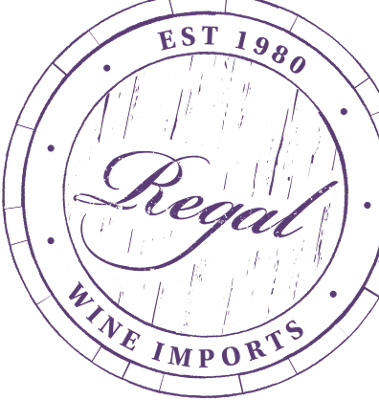Winery Overview
The Abbona winery is represented by the hard work of the first Marziano Abbona and his son Celso. Celso Abbona was among the first of his generation to believe in the potential of Dogliani and its territory and to valorize the grape variety that its hills can fully express: Dolcetto. Together with his family, Celso planted the legendary vineyard Bricco Doriolo, located in Santa Lucia di Dogliani. Today, this vineyard not only embodies the historical memory of the company, but it represents one of the most prestigious single vineyards of Dogliani. The winery’s flagship wine comes from this vineyard, named the Papà Celso in honor of this great man. Upon the death of Celso in 1964, the winery was passed on to his sons, Marziano (named after his grandfather) and Enrico Abbona. The brothers transformed the family business – a traditional farm – into a winery. They began their first bottlings of Dolcetto under the name of the family and, in the footsteps of Celso, continued to invest in the territory and vines of Dogliani. In the early 1980s, Marziano and Enrico looked to the Langhe with interest. They selected plots historically considered the most prestigious: Ravera in Novello; Bricco Barone and Rinaldi in Monforte d’Alba. Later, Marziano Abbona also purchased land in Barolo. While the selection of their wines grew and earned international recognition, Mara Abbona, daughter of Marziano, entered the business in 1999. It was the same year in which Enrico Abbona sadly passed away. In 2007, the winery celebrated 30 years from the first vintage of Papà Celso. The following year, Chiara, the youngest daughter of Marziano Abbona, entered the business. The work of the new generations and their use of modern technology pushed the winery to renew its communication style, utilizing social networks. In addition to virtual communication, the winery invests its energy and resources in hospitality and visits to the winery. Today, the vineyards of Abbona extend for a total surface area of 52 hectares (128 acres) over the best-positioned territories in Dogliani, Monforte d’Alba and Novello. All owned by the winery, the vineyards include some of the most renowned crus in the Langhe and are cultivated in the highest respect for the surrounding environment and for those who work in the vineyards. The vineyards are cultivated and harvested by hand following methods passed down for generations. Many of the family vineyards are cultivated with old-growth vines up to 60 years of age. These express the highest quality of the territory where they were planted. The winery owes what it is today to the efforts and values of Celso, father of Marziano Abbona. He passed down his respect for the land, his meticulous, scrupulous work ethics, and his pride for his roots. He handed down a heritage that Marziano Abbona and his daughters live intuitively today. Their passion and dedication continue to help produce high quality wines that are exported around the world.
